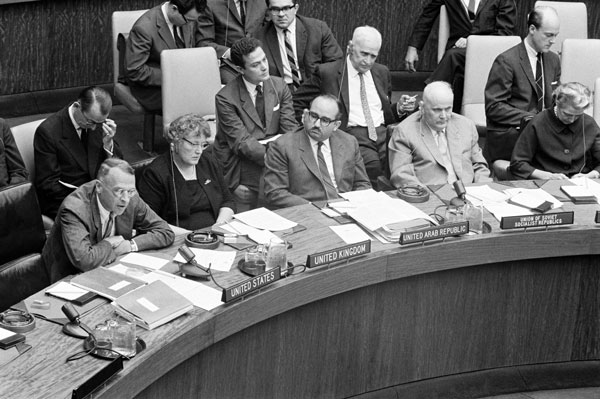
Breaking News
 Will Payment Of 50 Percent Of Food Stamp Benefits Be Enough To Keep Widespread Rioting...
Will Payment Of 50 Percent Of Food Stamp Benefits Be Enough To Keep Widespread Rioting...
 Interview 1985 - Revolution or Civil War on The Jimmy Dore Show
Interview 1985 - Revolution or Civil War on The Jimmy Dore Show
 Steak 'n Shake Launches First-Ever Strategic Bitcoin Reserve
Steak 'n Shake Launches First-Ever Strategic Bitcoin Reserve
 Mike Rowe appears to be receiving flak for daring to explore the potential dangers of vaccines...
Mike Rowe appears to be receiving flak for daring to explore the potential dangers of vaccines...
Top Tech News
 The 6 Best LLM Tools To Run Models Locally
The 6 Best LLM Tools To Run Models Locally
 Testing My First Sodium-Ion Solar Battery
Testing My First Sodium-Ion Solar Battery
 A man once paralyzed from the waist down now stands on his own, not with machines or wires,...
A man once paralyzed from the waist down now stands on his own, not with machines or wires,...
 Review: Thumb-sized thermal camera turns your phone into a smart tool
Review: Thumb-sized thermal camera turns your phone into a smart tool
 Army To Bring Nuclear Microreactors To Its Bases By 2028
Army To Bring Nuclear Microreactors To Its Bases By 2028
 Nissan Says It's On Track For Solid-State Batteries That Double EV Range By 2028
Nissan Says It's On Track For Solid-State Batteries That Double EV Range By 2028
 Carbon based computers that run on iron
Carbon based computers that run on iron
 Russia flies strategic cruise missile propelled by a nuclear engine
Russia flies strategic cruise missile propelled by a nuclear engine
 100% Free AC & Heat from SOLAR! Airspool Mini Split AC from Santan Solar | Unboxing & Install
100% Free AC & Heat from SOLAR! Airspool Mini Split AC from Santan Solar | Unboxing & Install
 Engineers Discovered the Spectacular Secret to Making 17x Stronger Cement
Engineers Discovered the Spectacular Secret to Making 17x Stronger Cement
How an international treaty signed 50 years ago became the backbone for space law

Fifty years ago today, the United States, the Soviet Union, and the United Kingdom opened a treaty for signature that would become the backbone for international space law. It was a United Nations-approved agreement called the Outer Space Treaty, and 104 nations have become parties to the document since it was signed and enacted in 1967. Since then, the treaty has helped ensure the peaceful exploration of space, as well as provide a lasting framework for how nations are supposed to behave in Earth orbit and beyond.
In reality, the "Outer Space Treaty" is just a nickname. The document's full title is the "Treaty on Principles Governing the Activities of States in the Exploration and Use of Outer Space, including the Moon and Other Celestial Bodies." It's a lengthy name, but it sums up the essence of the treaty well: it's a list of principles for what nations can and cannot do in space and on other worlds.



